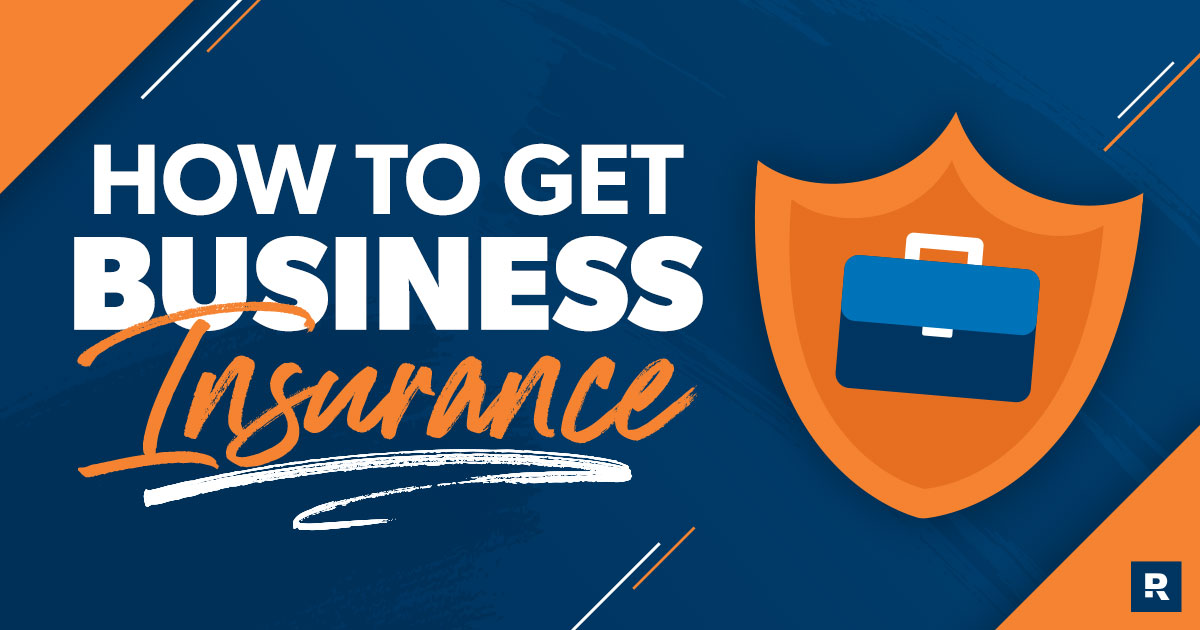Looking to compare car insurance and save money? Our comprehensive guide breaks down everything you need to know about finding the best coverage at the right price. Learn how to compare multiple quotes, maximize discounts, and choose the perfect policy for your needs.
Why Comparing Car Insurance is Essential
Car insurance is a necessity, but paying too much for coverage isn’t. With countless providers offering different plans, knowing how to compare car insurance effectively can help you save hundreds—if not thousands—of dollars each year. By understanding key factors like premiums, deductibles, and coverage options, you can make an informed decision that balances cost and protection.
When you compare car insurance, you can identify policies that offer the best value. Instead of settling for the first quote you receive, taking the time to shop around ensures you get comprehensive coverage at a competitive price.
Understanding the Basics of Car Insurance
Before you compare car insurance, it’s important to understand the key components of a policy. These include liability coverage, collision coverage, comprehensive coverage, personal injury protection, and uninsured motorist protection. Each type serves a specific purpose, ensuring you’re protected against various risks on the road.
For instance, liability coverage pays for damages you cause to others, while collision and comprehensive coverage protect your own vehicle. Knowing what each component covers allows you to choose a policy that aligns with your needs and budget.
The Benefits of Comparing Multiple Car Insurance Quotes
One of the biggest mistakes drivers make is sticking with the same insurance provider for years without exploring other options. Comparing multiple quotes helps you gauge what different insurers offer, giving you the power to negotiate better rates or switch to a provider that offers superior benefits.
When you compare car insurance, you also gain insights into discounts you may qualify for, such as good driver discounts, bundling options, or mileage-based savings. These small perks can lead to substantial cost reductions over time.
Factors That Affect Your Car Insurance Rates
Several factors influence the cost of car insurance, making it essential to understand what impacts your premium. Age, driving history, vehicle type, credit score, and location all play a role in determining your rate.
For example, younger drivers often face higher premiums due to inexperience, while individuals with clean driving records tend to enjoy lower rates. Similarly, owning a high-performance sports car can drive up costs compared to a modest sedan. Understanding these factors allows you to make strategic choices that lead to lower insurance expenses.
How to Effectively Compare Car Insurance Online
Technology has made it easier than ever to compare car insurance from the comfort of your home. Numerous online comparison tools allow you to receive multiple quotes within minutes, simplifying the decision-making process.
To get accurate quotes, ensure you provide consistent details, such as your vehicle’s make and model, annual mileage, and driving history. By comparing apples to apples, you can identify the best deals without compromising coverage quality.
Understanding Deductibles and Their Impact on Premiums
A deductible is the amount you pay out of pocket before your insurance coverage kicks in. Choosing a higher deductible can lower your premium, but it also means you’ll pay more upfront in the event of a claim.
When you compare car insurance, assess how different deductible levels affect your overall costs. If you have an emergency fund, opting for a higher deductible can be a strategic way to reduce monthly expenses while still maintaining solid coverage.
Discounts That Can Lower Your Car Insurance Premiums
Insurance companies offer various discounts that can help lower your premium. Common discounts include safe driver discounts, multi-policy discounts, and discounts for installing anti-theft devices in your car.
Taking advantage of these offers is an effective way to cut costs without sacrificing coverage. When you compare car insurance, ask each provider about available discounts to ensure you’re maximizing your savings potential.
The Importance of Customer Service and Claims Processing
Price isn’t the only factor to consider when choosing a car insurance provider. A company’s reputation for customer service and claims processing is equally important. A cheap policy isn’t worth much if the insurer is difficult to work with when you need to file a claim.
Reading customer reviews and checking insurer ratings from organizations like J.D. Power and AM Best can provide valuable insights. When you compare car insurance, prioritize companies with a strong track record of customer satisfaction.
Comparing Coverage Limits to Avoid Financial Pitfalls
Many drivers focus solely on price, but coverage limits play a crucial role in protecting you financially. Opting for state-minimum coverage may seem like a money-saving strategy, but it can leave you vulnerable to significant out-of-pocket expenses in the event of a major accident.
When you compare car insurance, ensure you choose coverage limits that align with your financial situation. A slightly higher premium may be worth it if it means better protection and peace of mind.
Making the Final Decision: Choosing the Best Policy
After gathering quotes and comparing coverage options, the final step is selecting the best policy for your needs. Weigh all factors, including price, coverage, customer service, and available discounts, before making a decision.
Once you choose a provider, review the policy details carefully to ensure there are no hidden fees or unexpected exclusions. By taking the time to compare car insurance properly, you can secure a policy that offers both affordability and reliability.

